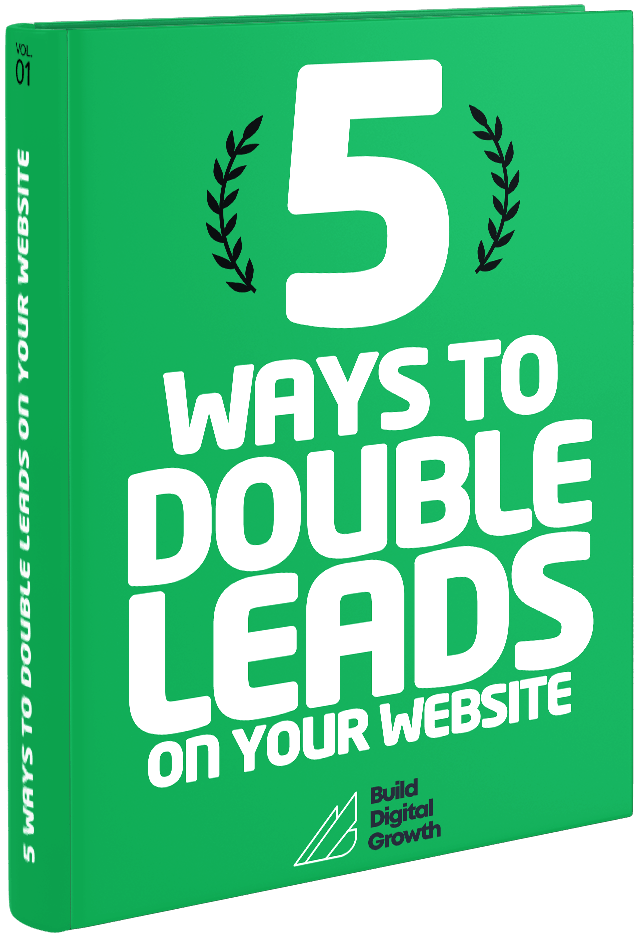It may be surprising to learn, but the average person’s attention span is on par with the attention span of a goldfish. This means that it is more important than ever to minimise loading times on your website.
Otherwise, you run the risk of your users navigating away before they even see what you have to offer.
We’ve put together a quick guide of effective ways you can improve page speed on your site. Let’s dive in.
Deferred Javascript Loading
For those who are unfamiliar with this term, deferred loading involves preventing a specific file from loading until a certain time. In general, you may defer a file from loading until other elements have loaded completely.
You can think of this as controlling the overall order in which the elements on your site load.
Although this process might sound complicated, it’s notably easy to implement. For those who use WordPress as their site’s platform, there’s a handful of plug-ins that are dedicated to deferred loading.
The best ones allow the user to easily enable and disable deferred JavaScript loading with the click of a button.
For those who have an HTML website, the process is a bit more involved. You will need to use a script that dictates how deferment occurs.
You can visit this resource for more information.
Reduce HTTP Requests
Interestingly, the majority of loading time consists of downloading different segments of a particular page. This includes elements like scripts, images, and stylesheets.
The webpage makes an HTTP request for each of these elements. So, minimising the total number of requests can help you reduce your overall loading time.
Google Chrome allows site owners to easily check the total number of HTTP requests by using Developer Tools. You can then browse through a list of your page requests and determine if any of them are unnecessary.
After eliminating them, you will likely notice a significant decrease in loading time.
Minimise Server Response Time
As you might expect, the amount of time that a DNS lookup takes for your site to perform also has a large impact on overall loading time.
The term DNS stands for “domain name system,” which is a database of IP addresses and hosts. When users navigate to a specific webpage, a DNS server helps facilitate this connection.
It achieves this by finding a specific DNS record within this database.
The speed of this process is dictated by how efficient your DNS provider is. So, consider finding another one if your current provider is not meeting your standards.
Otherwise, you may not be able to make improvements in this area.
Browser Caching
You may have noticed that websites you have never visited before often load slower than normal. This is due to a process known as browser caching.
In practice, your computer stores elements on pages you have previously visited in a cache, which is a form of temporary storage. Enabling browser caching for your website will allow you to significantly improve loading speed for returning visitors.
This will also help boost the overall experience they have with your brand if they frequently interact with your site. For example, an online store that loads notoriously slowly is sure to deter potential customers — even if they have purchased from the store before.
Of course, it’s still imperative for you to minimise loading times for first-time users through other methods.
Reduce the Size of Your Images
Ironically, many website owners tend to overlook this simple strategy.
It’s not uncommon for the file size of an image to be substantial. This is particularly true if your website includes high-quality photography.
As you might guess, using an abundance of high-quality images can bring your loading speed to a halt. Additionally, removing images is often not an option.
After all, when was the last time you purchased a product online without looking at a picture of it first?
A reliable way to reduce the impact an image has on your website is to crop your picture to the appropriate size before uploading.
Many users simply upload a large photo and then adjust the parameters afterward. All this does is change the visible dimensions of the photo – it doesn’t reduce the size of the file.
There is also free software available that can allow you to compress your images without reducing the quality.
Consider Working With a Professional
Ideally, you would be able to implement all these changes on your own without any issues. The truth is, though, that most people simply don’t have the experience to optimise their own website.
Working with a professional is a reliable way to achieve the results that you’re after. When searching for a firm to work with, ensure that they have a proven track record of high-quality projects.
It also doesn’t hurt to take a look at their past reviews.
Once you find someone who can fulfill your needs, you’ll be surprised at the levels of performance you’re able to reach.
Optimising Page Speed Can Seem Complicated
But, it’s not as difficult as you might anticipate. The above guide will help ensure that you are able to maximise the page speed on your website and improve your metrics like never before.
Want to learn more about what we have to offer? Feel free to reach out to us today and see how we can help.










